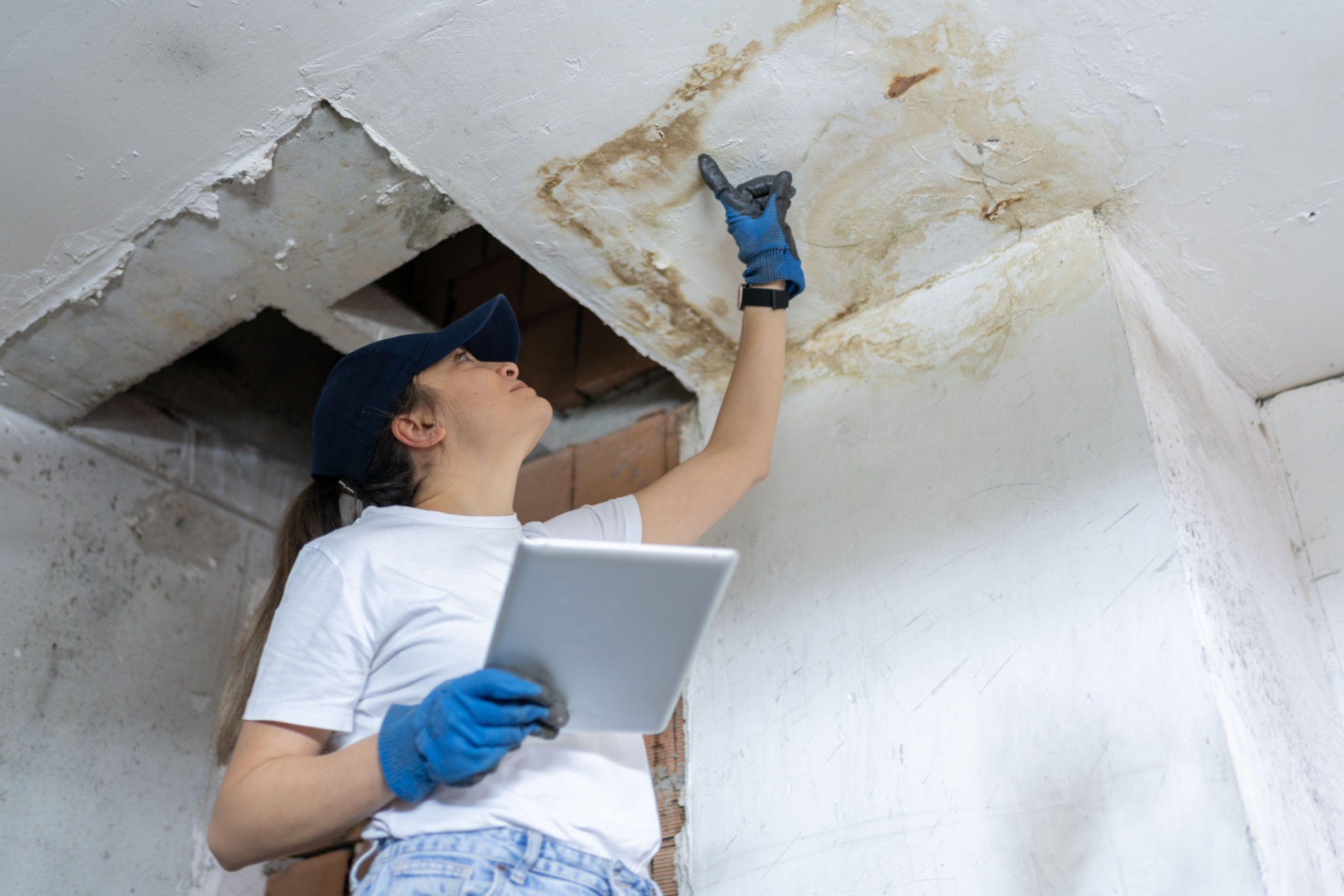How to Prepare Your Toronto Home for a Spring Repainting
Assess the Current Condition of Your Home’s Exterior
Before diving into the repainting process, it's crucial to assess the current condition of your Toronto home's exterior. Look for signs of peeling paint, mildew, or moisture damage. Identifying these issues early allows you to address them before they worsen and ensures that your new paint job will last longer.
In addition to visual inspections, consider the age of your current paint. If it’s been more than five years since your last repaint, it might be time for a refresh. Repainting not only enhances curb appeal but also protects your home from Toronto's variable weather.

Choose the Right Paint and Colors
Choosing the right paint is essential for a successful repainting project. Opt for high-quality, weather-resistant paint that can withstand Toronto's climate. Consult with a professional or a local paint store to select the best type for your needs.
When it comes to color selection, consider shades that complement your home's architecture and surrounding environment. Neutral tones often work well, but don't shy away from using bold colors for accents. Test a few samples on your home's exterior to see how they look at different times of the day.

Gather the Necessary Tools and Materials
Having the right tools and materials on hand will streamline your repainting process. Here’s a list of essentials:
- Paintbrushes and rollers
- Ladders or scaffolding
- Painters tape and drop cloths
- Primer and high-quality exterior paint
- Sandpaper and scrapers
Ensure all equipment is in good working condition to avoid any delays during the project. Investing in quality tools can make a significant difference in the final result.
Prepare the Surface
The key to a long-lasting paint job is thorough surface preparation. Start by cleaning the exterior walls to remove dirt, dust, and mildew. This step can be done using a pressure washer or a scrub brush with mild detergent.
Once clean, scrape off any loose or peeling paint and sand rough edges for a smooth surface. Repair any cracks or holes with exterior-grade filler. Applying a coat of primer is crucial, especially on bare wood or repaired areas, to ensure proper adhesion of the new paint.

Plan for Ideal Weather Conditions
Toronto's spring weather can be unpredictable, so it's important to plan your painting project around the forecast. Choose a time when temperatures are mild, ideally between 10°C and 25°C, and humidity is low. Avoid painting on windy days or during rain to ensure the best results.
Set aside enough time for each coat of paint to dry thoroughly before applying another layer. Patience in this step will lead to a more durable and professional-looking finish.
Apply Paint with Care
With everything in place, it's time to apply the paint. Start with the edges and tricky spots using a brush before moving on to larger areas with a roller. Apply even coats, taking care not to overload your brush or roller with paint to avoid drips.
Pay special attention to areas exposed to the elements, such as trim and window sills, as these require extra protection. Applying two coats is typically recommended for optimal coverage and durability.

Regular Maintenance
After completing your spring repainting project, regular maintenance will help keep your home looking fresh and vibrant. Inspect your exterior annually for signs of wear or damage and address them promptly.
A well-maintained exterior not only enhances your home's appearance but also preserves its value, ensuring that your investment in repainting pays off in the long run.